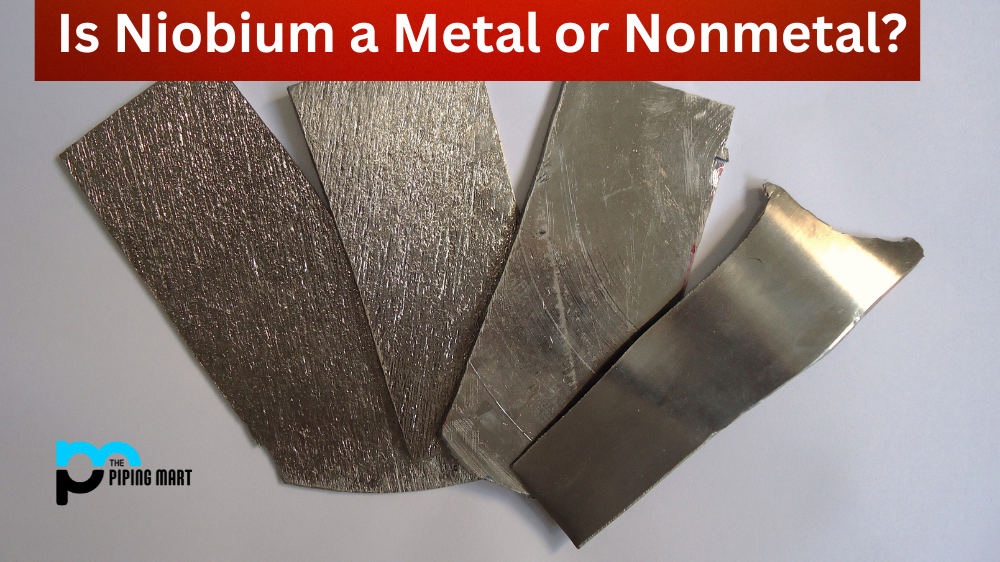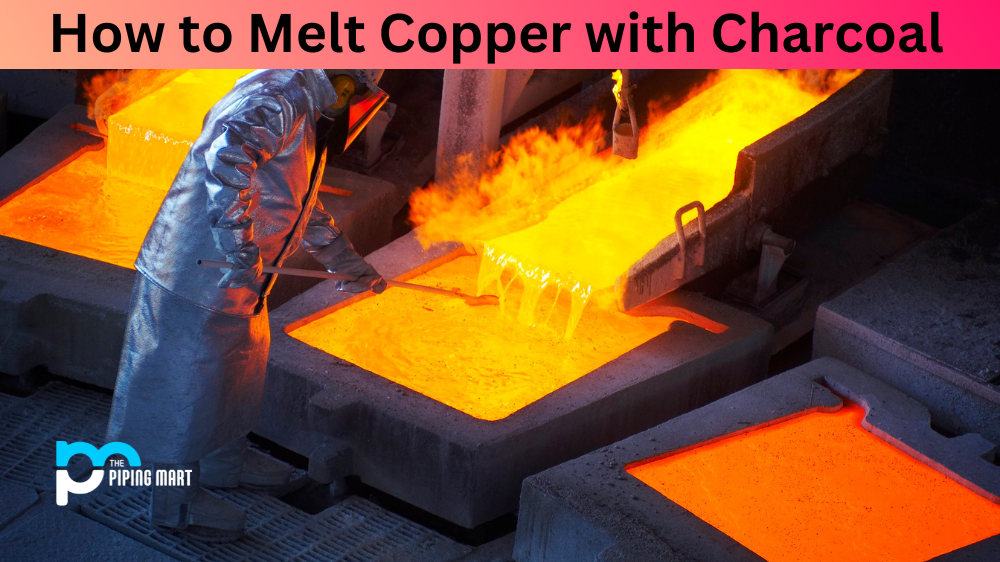Niobium is a chemical element with the symbol Nb and atomic number 41. It is a soft, grey, ductile transition metal. But what kind of element is it? Is niobium a metal or nonmetal? Let’s take a closer look at this element to find out.
Niobium is classified as a transition metal on the periodic table. Transition metals are elements that are located between groups 2 and 13 on the periodic table, and they share some similar characteristics with both groups. They tend to form two or more oxidation states, meaning they can lose electrons easily, which makes them good conductors of heat and electricity. They also have several valence electrons in their outer shell that make them highly reactive with other elements. That being said, niobium still has some properties of nonmetals as well, such as its low density and malleability.
Physical Properties of Niobium
Niobium is silvery-white in color and has an atomic mass of 92.90638 u (universal mass). This makes it one of the lightest transition metals on the periodic table—which helps explain why it also has some properties similar to nonmetals. Its melting point is 2477 degrees Celsius (4491 degrees Fahrenheit), which makes it one of the most refractory metals currently known to man—a property that can come in handy when manufacturing certain components from niobium alloys for high-temperature applications such as aerospace engineering or superconductivity research. Furthermore, niobium has very low toxicity levels compared to other metals, making it relatively safe for humans to handle or use in manufacturing processes.
- Niobium is a soft, gray metal that is often used in alloys.
- It has a melting point of 2,468 degrees Celsius and a boiling point of 4,927 degrees Celsius.
- Niobium is denser than both aluminum and titanium but is lighter than iron.
- It is relatively inert, meaning it does not corrode easily.
- Niobium has a high melting point and is often used in superalloys.
Conclusion:
So there you have it! Niobium is classified as a transition metal but does have some similarities to nonmetals due to its low density and malleability. It’s important to note that while niobium does have many useful properties, its high melting point means that it must be handled with care during manufacturing processes. Overall, if you’re looking for an element with unique properties such as low toxicity levels and great conductivity capabilities, then niobium may be your ideal choice!

Hey, I’m Krutik, a casual blogger expert in the metal industry. I am passionate about providing valuable information to my readers. With a background in engineering and construction, I like playing Cricket & watching Netflix shows in my free time. Thank you for visiting my blog, and I hope you find my information helpful!




